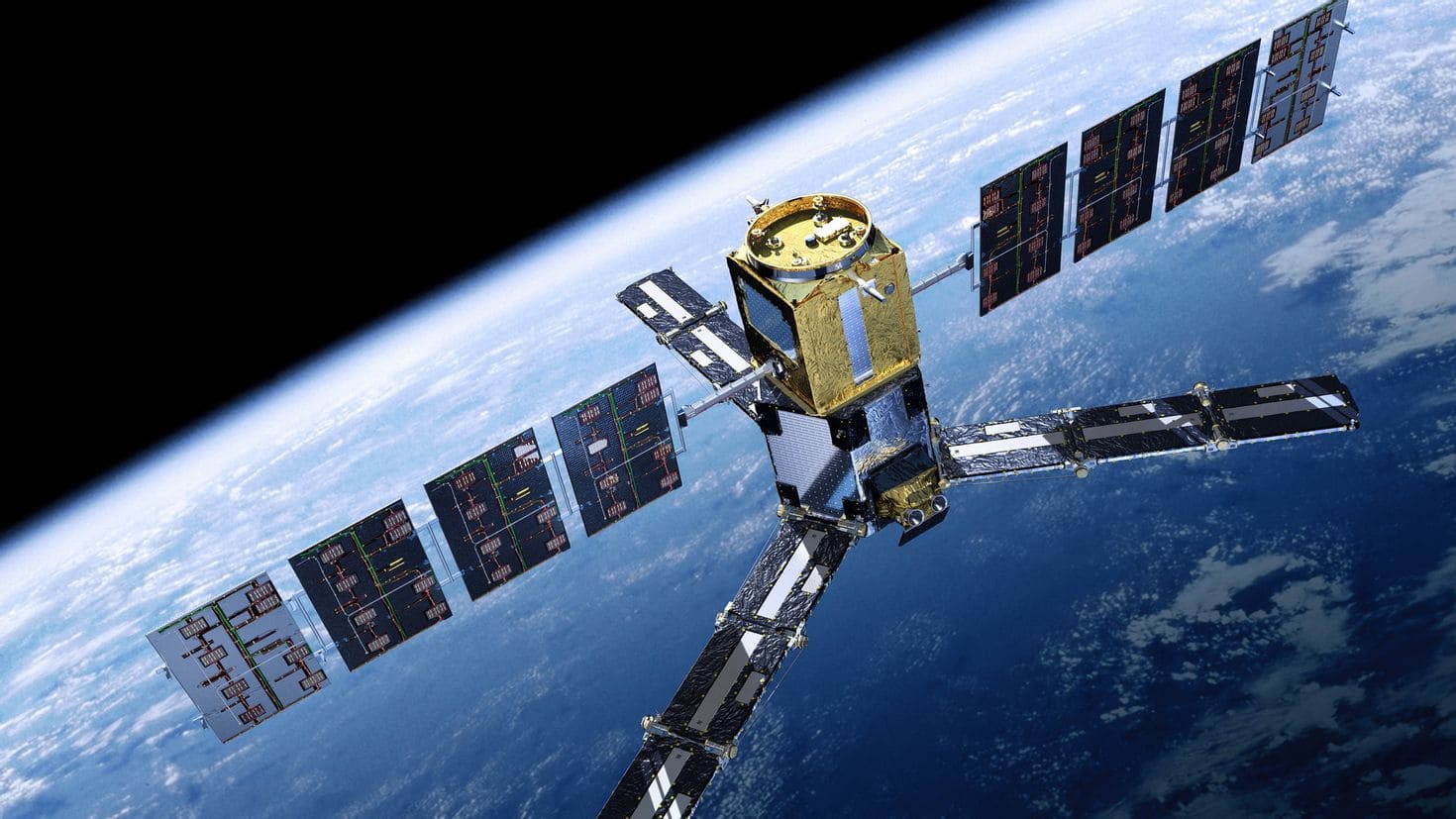Scientists have turned their attention to a sample of Martian rock collected by NASA’s Perseverance rover in Lefroy Bay on Mars. Hydrated silica, a mineral capable of preserving evidence of life on the Red Planet, was found in this sample. The researchers concluded that this material should be brought to Earth first, as it could tell us about Mars’ past.
Kenneth Farley of the California Institute of Technology spoke about the significance of the find at the Extreme Materials Analysis Group (EXMAG) meeting. He reported that the sample of Martian rock from Lefroy Bay and other samples from the region contain high amounts of carbonate and silica, indicating an important role for liquid water in their formation. However, it is still unclear whether these samples were formed by groundwater or surface water sources such as lakes or rivers. Either way, it indicates the presence of a suitable environment for life on Mars more than 3.4 billion years ago.
Farley noted that this sample contain chemical compounds that can store biosignatures – signs of life. Therefore, this sample of Martian rock are extremely important to study on Earth. However, the Mars rover Perseverance has also encountered some problems. Some sensors in the MEDA (Mars Environmental Dynamics Analyser) instrument failed, and there were also problems with the spectroscopic elements of the SHERLOC robotic arm. However, experts are already working on solving these problems and plan to fix them soon.
The rover has 38 tubes on board to collect samples of rocks, regolith and even the atmosphere. So far, about two-thirds of the planned samples have been collected, including samples of igneous rocks, argillite and Martian sand. The rover has already placed 10 sealed sample tubes in a kind of ‘warehouse’ in the Jezero crater, and the plan is to have them delivered to Earth as part of NASA’s MSR programme. However, following funding cuts, the agency is revising the previously approved plan, and it is not yet known when scientists will receive the materials.
Kenneth Farley said that the MSR project remains uncertain, but they intend to stick to the original plan and focus on collecting the samples. The Perseverance rover is currently travelling to a region called Bright Angel, where it will explore a different geology. The rover will collect samples during its ascent.
The Mars rover Perseverance arrived on Mars on 18 February 2021 and has already travelled about 27 kilometres. Its main task is to find evidence of the past existence of life in the area of Jezero Crater, which scientists believe was once a lake. As well as sophisticated equipment to collect and analyse soil samples, Perseverance is also equipped with cameras to take pictures and two microphones to record sounds. The payload also included Ingenuity, an unmanned aerial vehicle that would observe the surface of Mars from above and help the rover navigate its way around. However, Ingenuity malfunctioned in late January.



